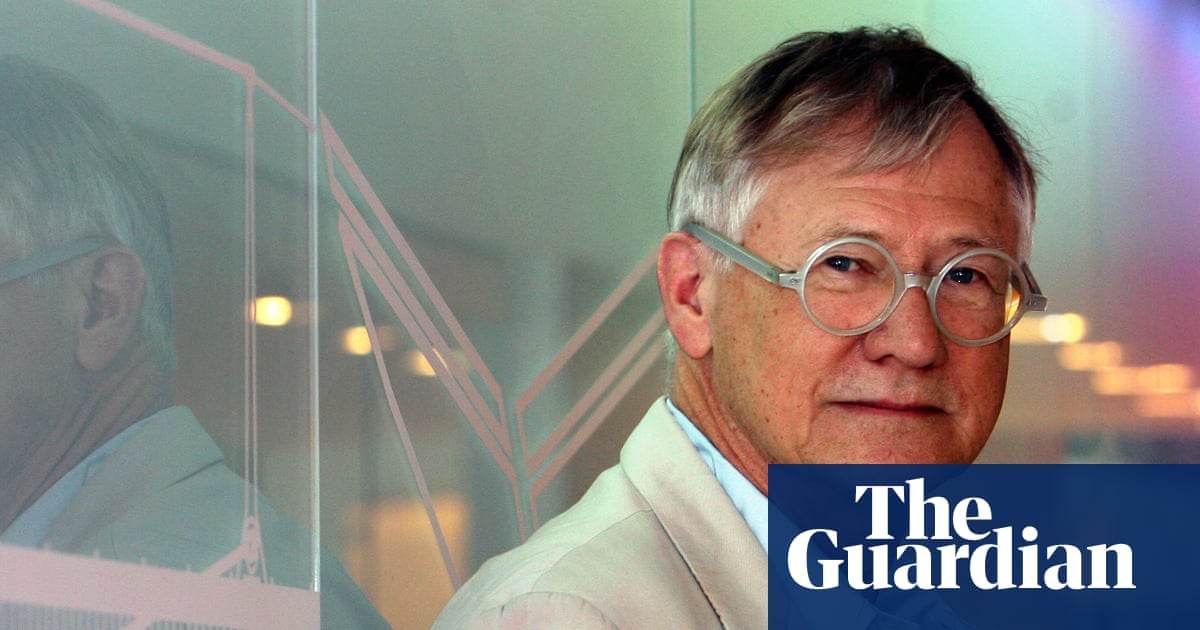The architect Sir Nicholas Grimshaw, who designed the Eden Project in Cornwall and the original Eurostar terminal at Waterloo in London, has died aged 85.
His company, Grimshaw, founded in 1980, was responsible for a series of groundbreaking buildings, the first of which was the Financial Times’s Printworks, which opened in 1988 and won several awards. It was Grade-II listed in 2016.
With buildings that were innovative in both design and engineering, Grimshaw was regarded as a forerunner of architecture’s hi-tech movement along with Norman Foster, Richard Rogers and Renzo Piano. However, he disliked the term, telling the Guardian in 2018: “Hi-tech sounds like a stylistic movement. We see ourselves as very solidly grounded in Paxton and Brunel” – the great architects of the Victorian era.
His work, however, looked anything but Victorian. The Eden Project, which was built in a disused clay pit, is made up of a series of interlocking geodesic domes supported by tubular steel and housing 5,000 varieties of plant life.
The geodesic domes of the Eden Project opened to the public in 2001. Photograph: John Barratt/Alamy
The Eurostar terminal, dominated by a sinuously curving, 400 metre-long roof, won both the Mies van der Rohe award and the Riba building of the year award (now the Stirling prize) when it opened in 1994. “It seems run-of-the-mill now,” Grimshaw told the Guardian’s architecture critic Oliver Wainwright in 2018, “but it was a huge emotional thrill at the time, to be connected to Europe like this. I suppose it’s particularly ironic now, given the absolutely crazy decision to leave the EU.”
Grimshaw’s firm won a second Stirling prize last year for its work on the Elizabeth line in London. It designed the underground parts of the stations in collaboration with AtkinsRéalis, which was responsible for the engineering, as well as the firms Maynard and Equation. The architect said he believed there was “something heroic” about railway stations, “with the excitement of departure and the exhilaration of arrival”.
He was knighted for his services to architecture in 2002, served as the president of the Royal Academy from 2004 to 2011 and was awarded the Riba gold medal in 2018. His firm, which announced his death, described him as “a man of invention and ideas” who had an “extraordinary ability to convince others that daring ideas were possible”.
Though other architects explored stylistic avenues such as postmodernism, Grimshaw strove to make his work as lightweight, sustainable and pure as possible. “I see the practice of architecture as similar to boat-building,” he said. “It’s about materials and structures doing real things, as opposed to decorative things.”


